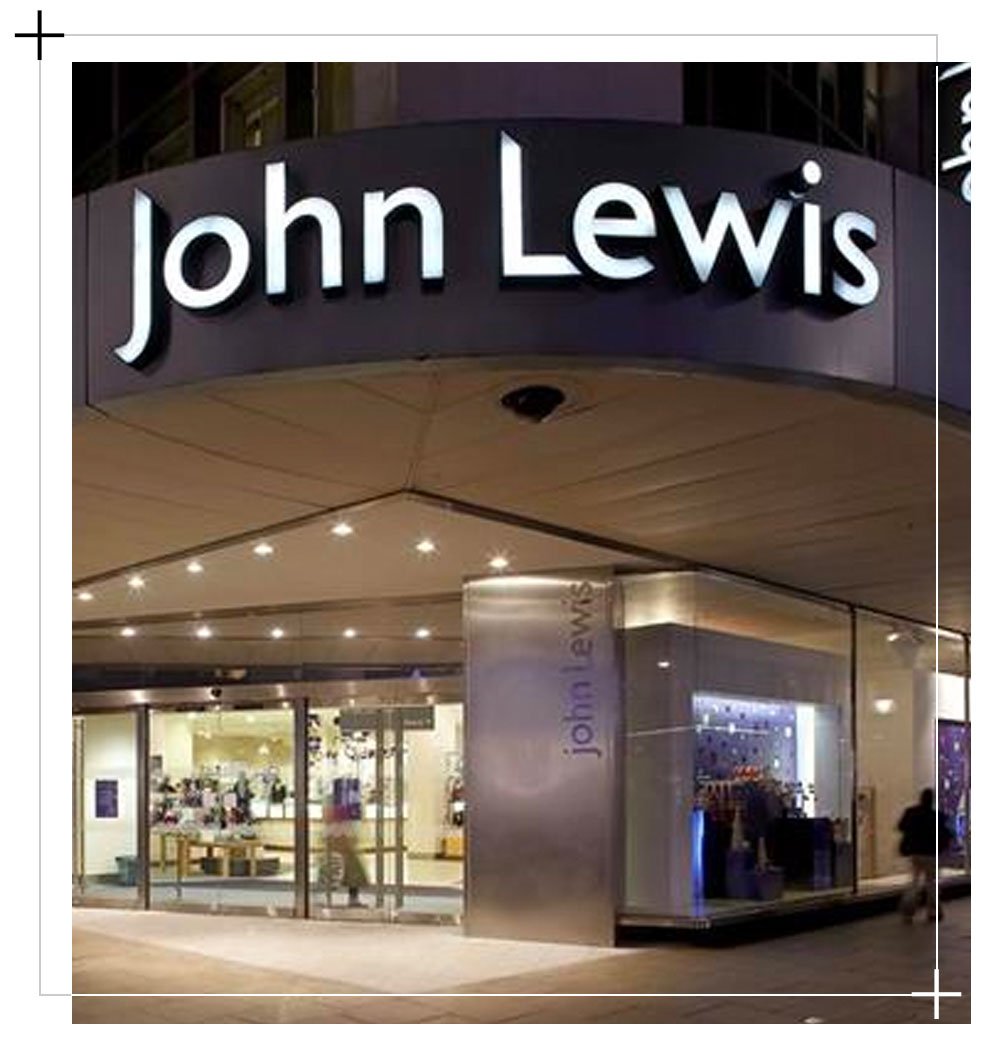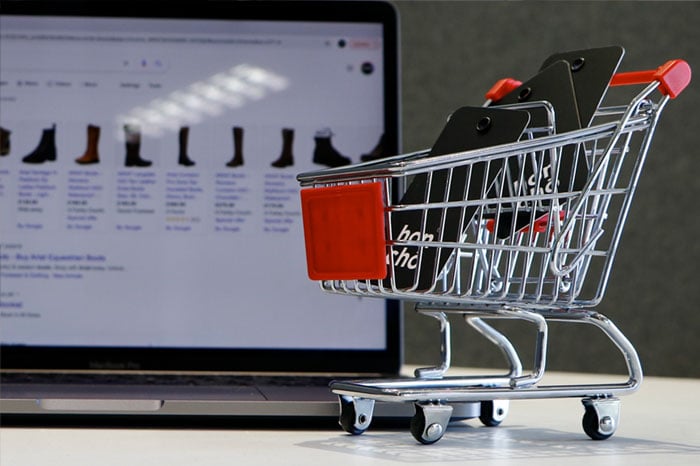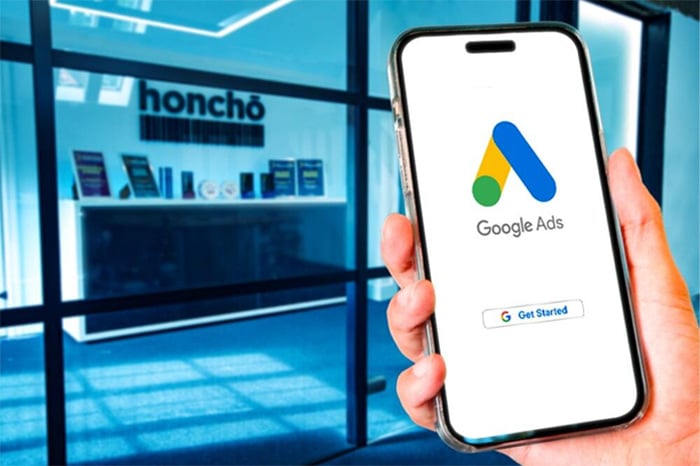
Custom built dashboard that helps John Lewis make better marketing decisions
Using an array of technology and data experts, we collected complex market data and built an accessible data dashboard containing highly-valuable, in-depth competitor information.

0K
PRODUCTS
0
CATEGORIES
0
COMPREHENSIVE DASHBOARD
OBJECTIVE
John Lewis set Honcho the objective of collecting complex market data and creating an easily accessible data Dashboard that contains highly-valuable data regarding competitor abundance and pricing.
The dashboard was to include:
+ Pricing trends by categories and product lines versus key competitors
+ Insights that will help product managers make decisions about new product lines or stocking products for existing categories.
+ Competitor pricing strategies, stock abundance, new product lines and discounting strategies to inform trading teams.
+ Product demand tracking

STRATEGY
In order to build the most comprehensive dashboard to support and inform John Lewis’s marketing and buying teams, we knew our team had to think creatively in order to collect, process, analyse and present the findings in an easy-to-read and navigate format.
Creating a dashboard of this size and scope has many stages requiring a team of experts. Our overall strategy included the following stages:
- Audit John Lewis’s taxonomy and categories
- Use custom crawlers/web-scraping technology to extract and collect competitor data
- Cleaning, sorting, mapping and analysing data
- Collect web traffic data and ranking keywords
- Use software/tools to analyse/predict trends
- Dashboard build
STRATEGY
In order to build the most comprehensive dashboard to support and inform John Lewis’s marketing and buying teams, we knew our team had to think creatively in order to collect, process, analyse and present the findings in an easy-to-read and navigate format.
Creating a dashboard of this size and scope has many stages requiring a team of experts. Our overall strategy included the following stages:
- Audit John Lewis’s taxonomy and categories
- Use custom crawlers/web-scraping technology to extract and collect competitor data
- Cleaning, sorting, mapping and analysing data
- Collect web traffic data and ranking keywords
- Use software/tools to analyse/predict trends
- Dashboard build
THE RESULTS
Introducing our sophisticated data dashboard, Pulse!
Pulse is an extremely valuable tool that can be used to inform many teams at John Lewis to make strategic, data-led marketing, sales and stock decisions giving them an advantage in the market.
Pulse is continually unlocking opportunities for John Lewis as it continually tracks and updates to inform the team in real-time.
Before any purchase or marketing decisions are made, Pulse can be used to provide evidence to support the decision, or alternatively prevent the team from making poor decisions.

BENEFITS OF PULSE:
- Pulse tracks the demand for products by analysing how stock levels of competing sites are changing.
- Pulse provides market trends, gaps and opportunities for SEO, visibility and connected search purposes.
- New and emerging trends identified at a category and each sub-category level through both social and search channels
- Pulse can recommend new landing pages (It recommended 1,167 new pages for John Lewis)
BENEFITS OF PULSE:
- Pulse tracks the demand for products by analysing how stock levels of competing sites are changing.
- Pulse provides market trends, gaps and opportunities for SEO, visibility and connected search purposes.
- New and emerging trends identified at a category and each sub-category level through both social and search channels
- Pulse can recommend new landing pages (It recommended 1,167 new pages for John Lewis)
EXPLORE MORE CASE STUDIES
WANT RESULTS LIKE THESE?
Get in Touch!















